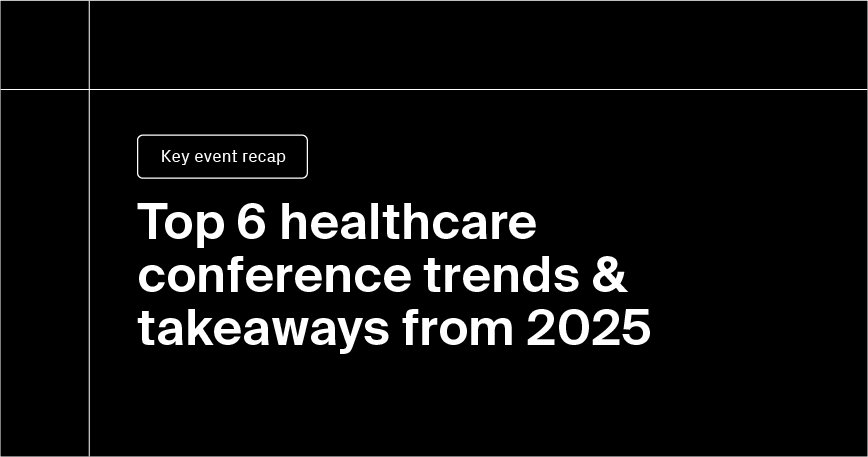Filter by Industry
Filter by Topic

Defending your organization against AI-powered phishing attacks
AI-driven phishing is a growing healthcare risk. See how providers can safeguard patient data, reduce risk, and strengthen cybersecurity protocols.

Reflecting on our most popular content of 2025
Explore the top-performing healthcare blogs and insights of 2025, from top medications to health systems. See what content resonated most this year.

Top 6 healthcare conference trends & takeaways from 2025
Discover the most important healthcare trends from 2025 events like HIMSS, RSNA, HLTH & more. Plan smarter for 2026 with real-world insights &…

The 4 big ideas defining RSNA 2025
Dive into the highlights from RSNA 2025, including the latest on AI in radiology, workforce challenges, and burnout.

CHPRMS 2025: 4 key takeaways for healthcare marketers
Catch the top takeaways from CHPRMS 2025. From emerging healthcare marketing strategies to new PR tech transforming patient and provider engagement.

Building cybersecurity resilience in rural healthcare
Explore key strategies to strengthen cybersecurity in rural hospitals, covering limited resources, risk mitigation, and resilience for patient safety.

The coming age of consumer-focused, portable health records
Discover the latest trends in consumer‑focused healthcare data exchange, from APIs & apps to privacy shifts and interoperability innovations.

The top hospitals using Epic Systems’ EHR
Explore which major U.S. hospitals use Epic Systems’ EHR, ranked by size and revenue, and what that signals for technology strategy.

Top 10 largest independent hospitals
Explore the ten largest independent U.S. hospitals by bed count, what “independent” means and why they stand out in a consolidating market.

How to predict healthcare demand in 2026 (and beyond)
Learn how policy shifts, coverage losses, and market change will shape 2026 healthcare demand forecasting. Get data-driven forecasting insights for…